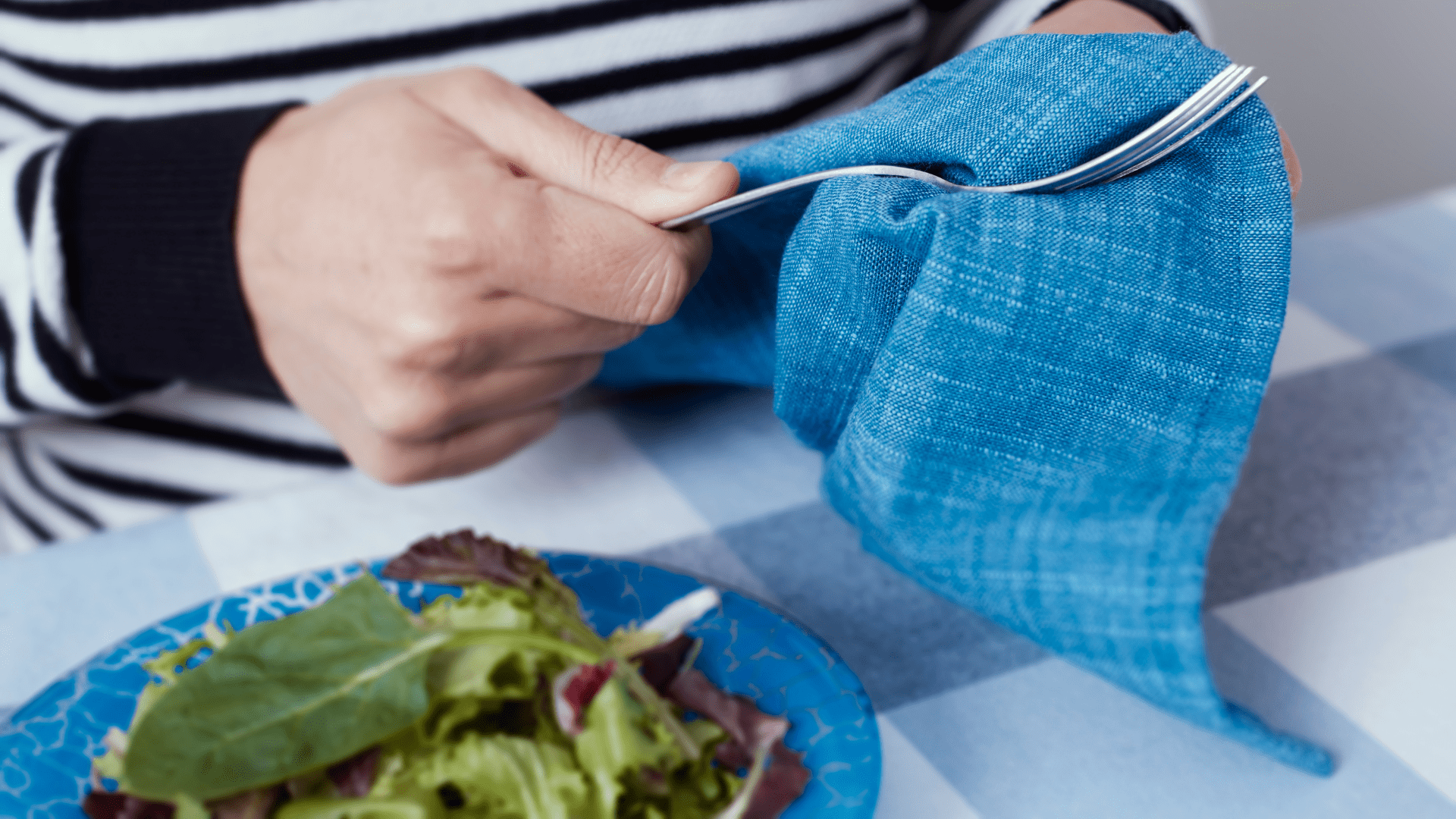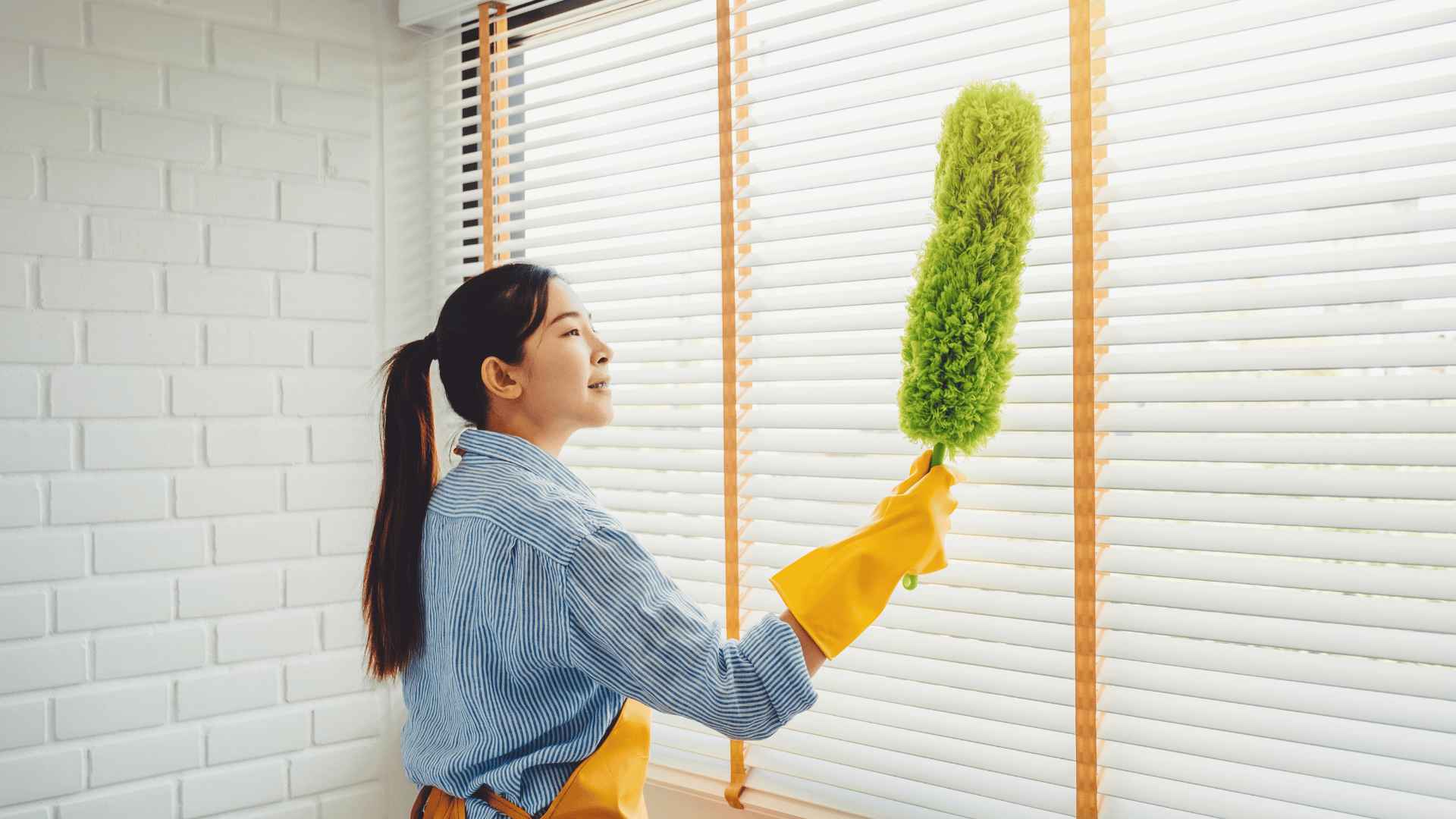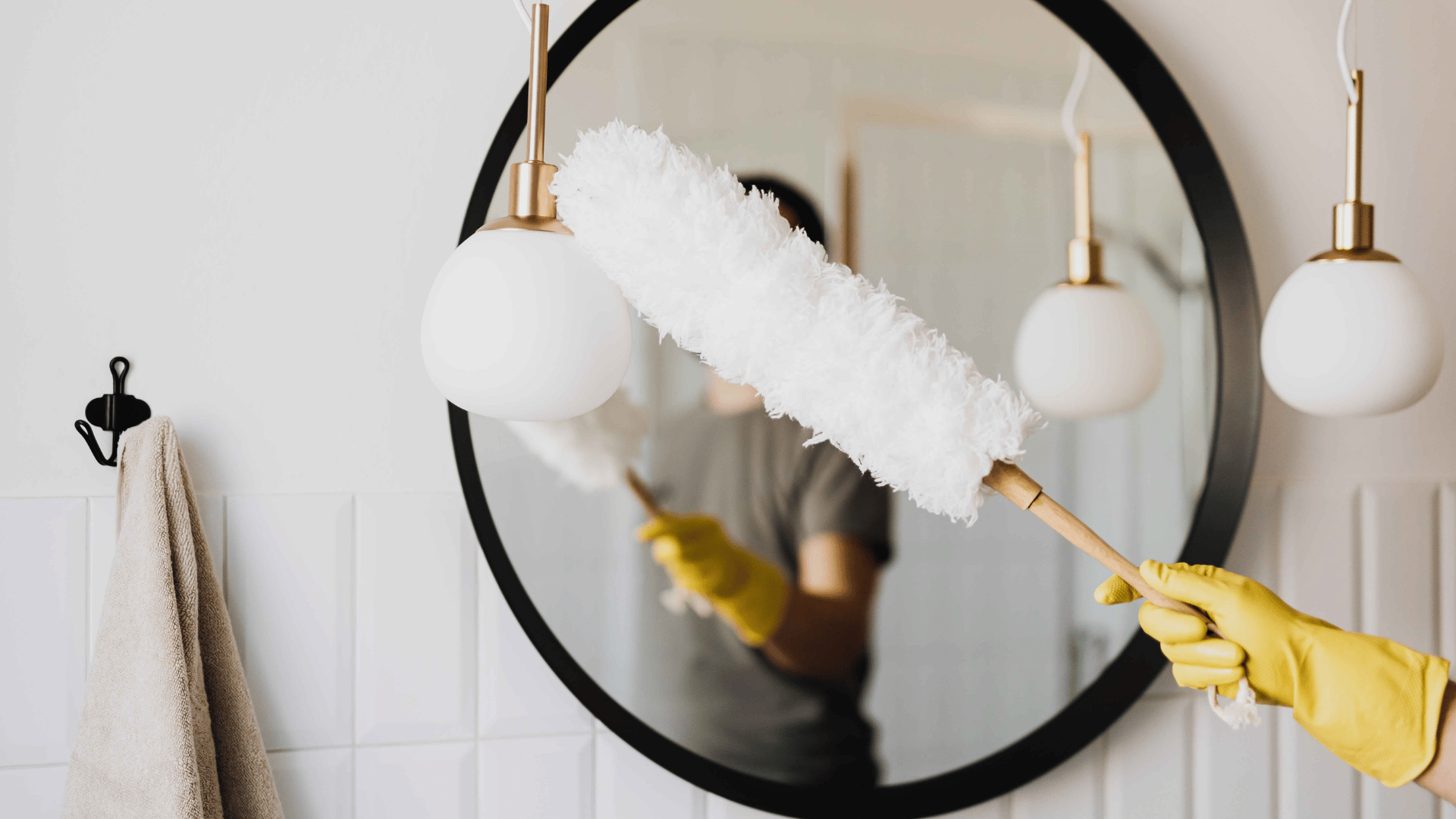Maintaining a clean and tidy living space is essential for our well-being, but not all cleaning habits are created equal. In fact, some common practices may do more harm than good. From too much cleaning products using toxic chemicals to neglecting certain areas, it's crucial to be aware of bad cleaning habits to ensure a healthier home environment. In this article, we will explore some of these habits and provide alternatives for a more effective and safe cleaning routine.
1. Over-reliance on Harsh Chemicals:
One prevalent bad cleaning habit is the excessive use of too much cleaning product that are filled with harsh chemicals. While these products may promise a germ-free environment, they often introduce harmful toxins into our homes. Ingredients like ammonia and chlorine can irritate the respiratory system and contribute to indoor air pollution.
Solution:
Opt for eco-friendly, and natural diy cleaning solutions and alternatives. Ingredients like vinegar, baking soda, and lemon juice can effectively clean and disinfect without posing health risks. Additionally, consider using microfiber cloths or steam cleaners for a chemical-free approach.
2. Ignoring Ventilation:
Failing to ventilate your living space properly is another common mistake. When cleaning, airborne particles from dust, allergens, and cleaning products can linger in the air, affecting indoor air quality.
Solution:
Open windows and doors while cleaning to promote air circulation. Use exhaust fans in bathrooms and kitchens to expel pollutants. This simple step not only improves air quality but also helps remove the lingering scent of cleaning products.
3. Neglecting Electronic Devices:
Many people forget to clean their electronic devices regularly. Keyboards, smartphones, and remote controls can harbor germs and bacteria, contributing to the spread of illnesses.
Solution:
Wipe down electronic devices with a microfiber cloth and a gentle disinfectant regularly. Be cautious not to use excessive moisture, as it can damage sensitive components. Following the manufacturer's cleaning guidelines is crucial to avoid harming your devices.
4. Not Cleaning Cleaning Tools:
Ironically, some other cleaning supplies and tools themselves can become breeding grounds for bacteria and mold if not cleaned regularly. Sponges, mop heads, and vacuum filters can accumulate dirt and contaminants over time.
Solution:
Clean and disinfect your cleaning tools regularly. Replace sponges every few weeks, wash mop heads after each use, and clean or replace vacuum filters according to the manufacturer's recommendations. This ensures that cleaning habits you need are not spreading more dirt than you are removing.
5. Ignoring High-Touch Surfaces:
Concentrating only on visible dirt and neglecting high-touch surfaces is a common mistake. Frequently touched areas such as doorknobs, light switches, and countertops can harbor germs and contribute to the spread of illnesses.
Solution:
Incorporate high-touch surfaces into your regular cleaning routine. Use disinfectant wipes or a mixture of water and vinegar to clean these areas thoroughly. Paying attention to these commonly overlooked surfaces can help reduce the risk of illness transmission.
6. Not Dusting Properly:
Dusting is a chore often done hastily, leading to ineffective results. Dust particles can accumulate on surfaces, aggravating allergies and respiratory issues.
Solution:
Use a microfiber cloth or electrostatic duster to trap and remove dust effectively. Work from top to bottom, starting with higher surfaces like shelves and furniture, before moving to lower areas. This prevents dust from resettling on already cleaned surfaces.
7. Using Too Much Water:
Excessive use of water, especially on wooden surfaces and electronics, can cause damage. Wood can warp, and electronics may malfunction if exposed to too much moisture.
Solution:
Use a damp, not soaking wet, cloth for cleaning. When cleaning electronics, follow manufacturer guidelines, and avoid spraying liquids directly onto the device. For wooden surfaces, use a well-wrung damp cloth and dry the area immediately to prevent water damage.
8. Skipping Regular Deep Cleaning:
Over time, dirt and grime can accumulate in hidden corners and hard-to-reach areas. Neglecting deep cleaning sessions can lead to a less hygienic living environment.
Solution:
Schedule regular deep cleaning sessions to tackle areas of entire house that are often overlooked, such as behind furniture, under appliances, and inside cabinets. This comprehensive approach ensures that your home is thoroughly cleaned and maintained.
Here are some of the controversial bad cleaning habits that you might also be doing:
1. Ignoring Dirty Dishes
Letting dishes pile up in the sink is a common yet detrimental habit that encourages the growth of bacteria and unpleasant odors. To avoid this, make it a practice to wash dishes immediately after use or load them into the dishwasher. If hand washing, use hot water and a dishwashing detergent to effectively remove food particles and prevent cross-contamination.
2. Using Dirty Cleaning Tools
Cleaning tools, such as sponges, mops, and cloths, can harbor bacteria and dirt if not properly cleaned and disinfected after each use. Neglecting to clean these tools can spread germs and make your cleaning efforts less effective. Regularly wash sponges and mops in hot, soapy water and allow them to air dry completely. Replace worn-out or heavily soiled cleaning tools promptly.
3. Overusing Harsh Cleaners
While harsh chemical cleaners may provide immediate results, excessive use can damage surfaces, release harmful fumes, and irritate skin and respiratory systems. Opt for milder, eco-friendly cleaning products whenever possible. When using harsh cleaners, follow the instructions carefully and wear protective gloves and masks.
4. Neglecting Product Directions
Failing to read and follow the instructions on cleaning products can lead to improper usage and potential hazards. Each cleaning product also has specific guidelines for application, dilution, and safety precautions. Disregarding these instructions can result in ineffective cleaning, surface damage, or even personal injury.
5. Leaving Wet Towels and Shower Curtains Bunched
Leaving damp towels and shower curtains bunched up creates a moist environment that promotes the growth of mold and mildew. To prevent this, hang towels and shower curtains to air dry after each use. If possible, the shower curtain and open bathroom windows to improve ventilation and reduce humidity levels.
6. Using Disinfectant Wipes on Food Preparation Surfaces
Disinfectant wipes are convenient for quick cleaning but should not be used on surfaces that come into direct contact with food. These wipes may contain harsh chemicals that can contaminate food and pose health risks. Instead, use hot, soapy water and a clean dishcloth to sanitize food preparation surfaces.
7. Wearing Shoes Indoors
Tracking dirt, grime, and bacteria from outdoors into your home can significantly increase your cleaning workload. Encourage everyone in the household to remove their shoes at the door to prevent the spread of dirt and protect your carpets and floors.
8. Hoarding Unused Items
Accumulating unnecessary items and clutter can make it difficult to clean effectively and maintain a tidy living space. Regularly declutter and donate or discard items you no longer need or use. This will not only simplify your cleaning routine but also create a more spacious house clean and organized home.
9. Skipping Regular Maintenance
Regular maintenance tasks, such as wiping down surfaces, dusting countertops, and vacuuming floors, can prevent dirt from accumulating and make deep cleaning less frequent. Incorporating these quick tasks into your daily routine will keep your home cleaner and more manageable.
10. Postponing Cleaning Tasks
Putting off cleaning tasks until they become overwhelming can make the cleaning process even more daunting and time-consuming. Tackle small messes as they arise and schedule regular cleaning sessions to maintain a clean and organized home.
Remember, cleaning doesn't have to be a chore; it can be a rewarding experience that contributes to a healthier and more enjoyable living environment. By adopting good cleaning habits and breaking free from bad ones, you can achieve a clean, organized, and healthy home that you'll be proud of.
Conclusion
Maintaining a clean home is a vital aspect of a healthy lifestyle, but it's equally important to adopt cleaning habits that promote overall well-being. By avoiding the aforementioned, bad habits and cleaning habits and implementing healthier alternatives, you can create a safer and more comfortable living environment for you and your family. Embracing eco-friendly products, proper ventilation, and regular deep cleaning sessions will not only keep your home looking its best but will also contribute to a healthier and happier lifestyle.







